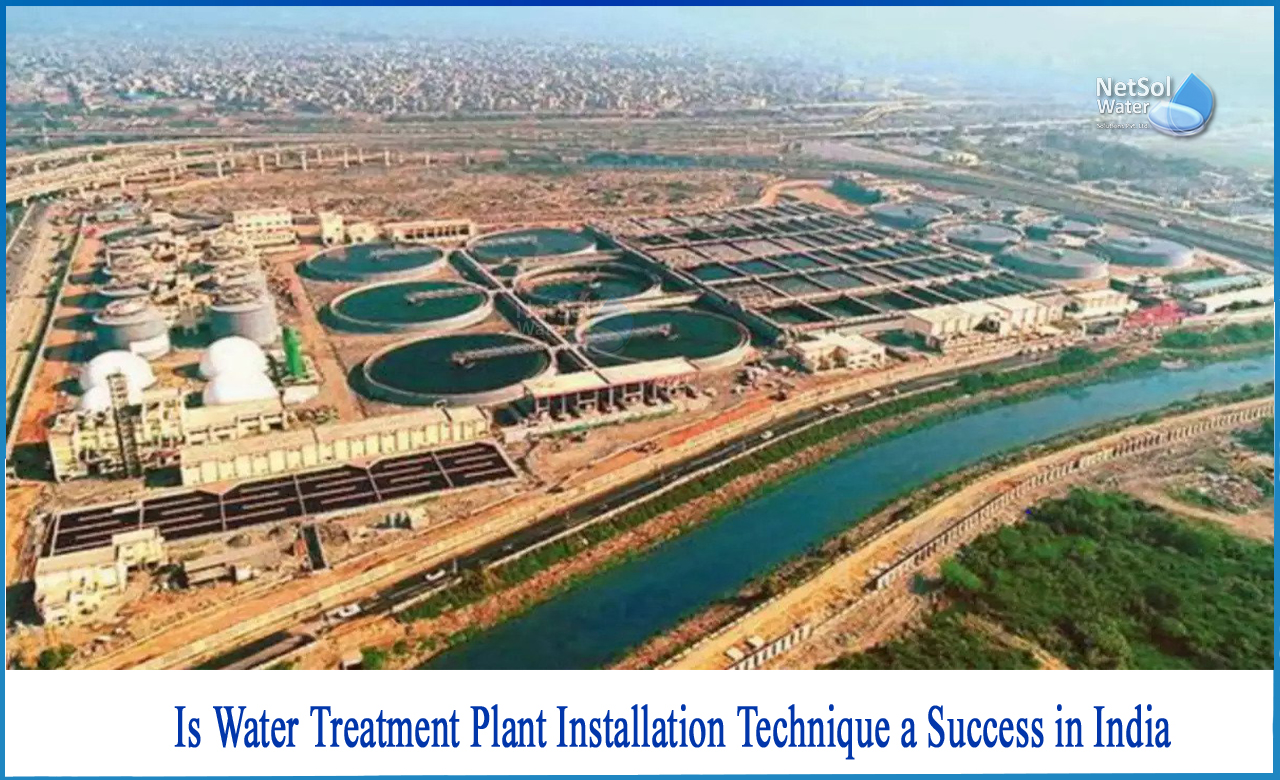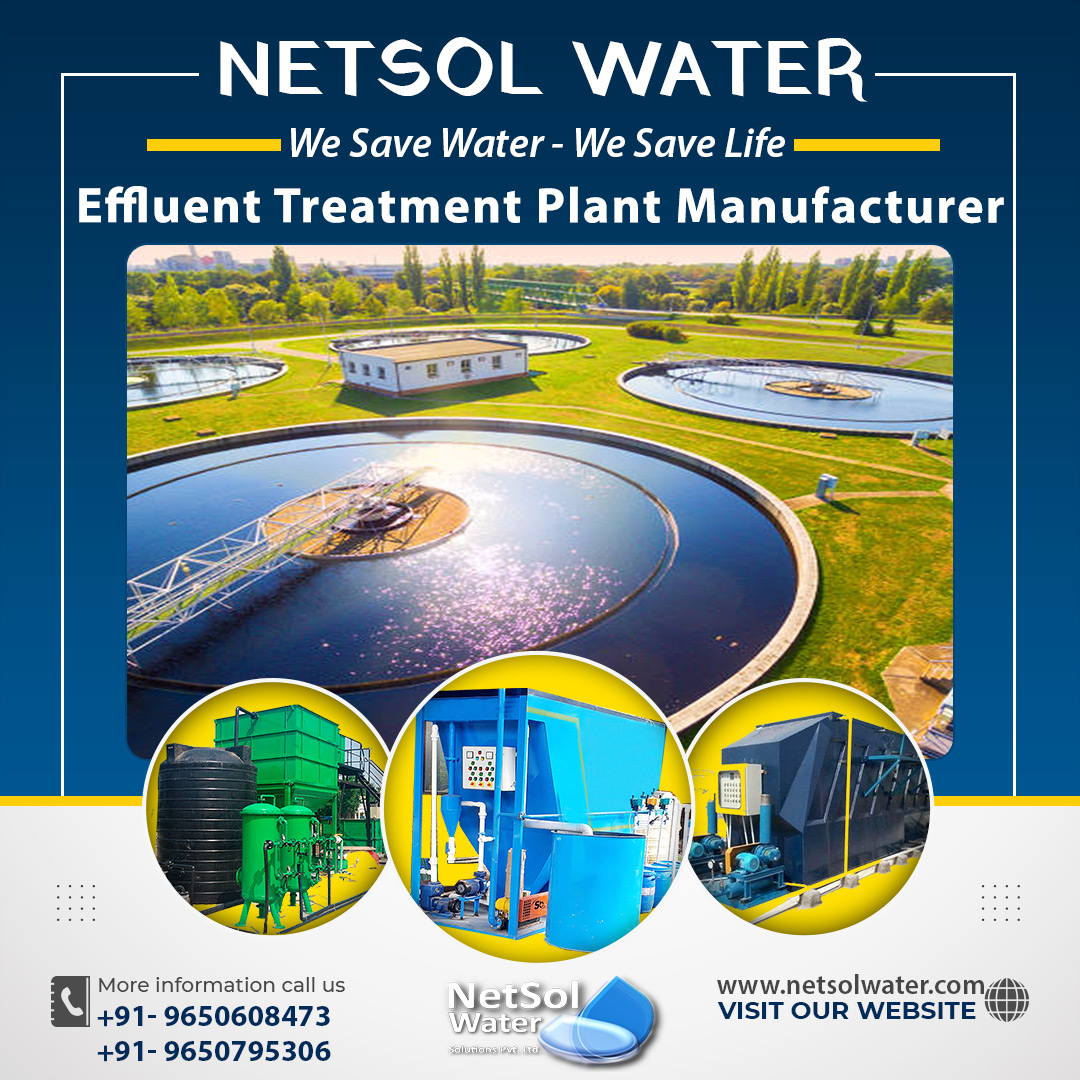Is Water Treatment Plant Installation technique a success in India?
According to research conducted by the Central Pollution Control Board (CPCB), India has 269 water treatment facilities (WTPs), of which only 231 are active, implying that the existing treatment capacity is just 21% of the current waste generation.
The biggest source of pollution in rivers and lakes is the residual unprocessed waste. The Indian development process is gathering traction, and the rural population, which lacks basic infrastructure, will need to be provided with equal access to water and sanitation. This transformation is also anticipated to generate a large amount of wastewater in rural regions.
Water and wastewater management strategies should be designed optimally so that competing strains on water resources can be alleviated.There is a need to design strategies and policies that give equal weight to increasing the amount of water available as well as developing wastewater treatment facilities, regeneration, recovery, recharging, and storage. Because treated wastewater from upstream urban centres will be the source of water for downstream cities, the future of urban water supply for potable uses will rely heavily on effective wastewater treatment facilities.
Major issues pointed out in India
· The minister pointed out that the proportion of malfunctioning WTPs is high in nations that have revolutionised waste management and are attempting to treat wastewater before it is disposed of.
· Many incidents of malfunctioning WTPs have been exposed in India's history of WTPs. Many issues, ranging from high maintenance costs to a lack of available land, have led to India's dismal state of WTPs.
· In India, 60% of water treatment plants are inoperable.
Is there a better future for Water Treatment Plants?
The federal government gains not only in eradicating open defecation, but also in solving the tough difficulties of wastewater treatment, as seen by the construction of more than 600 water treatment facilities scheduled between 2009 and 2012.
The planned new water treatment facility touts contemporary equipment that comes pre-installed with a structured financial model that ensures energy supply from biogas or methane and lays the groundwork for a seamless start and finish of treatment operations. Over the previous five to six years, reducing the financial load of individual facilities has been a popular strategy for constructing WTP.
Land acquisition, particularly challenges with federally permitted developments, and direct water drainage to the WTP continue to be issues.Directing sewage to a wastewater treatment plant is a big difficulty for civil engineering institutions, especially in urban areas where drainage systems are decades old.
Despite these challenges, the WTP was the focus of a number of government initiatives, including the Swachh Bharat Abhiyan, Namami Gange, and the Atal Mission for Rejuvenation and Urban Transformation (AMRUT). WTP is expected to be treated more efficiently and scientifically as projected water treatment plants from urban areas may reach 120,000 MLD by 2051, and rural India will generate at least 50,000 MLD due to water supply designs for community supplies in rural areas, and their failure will only exacerbate India's current water treatment scenarios.
Conclusion
A considerable number of WTPs are planned for all states and cities, according to the Government's 2021 report, which were not planned earlier.




